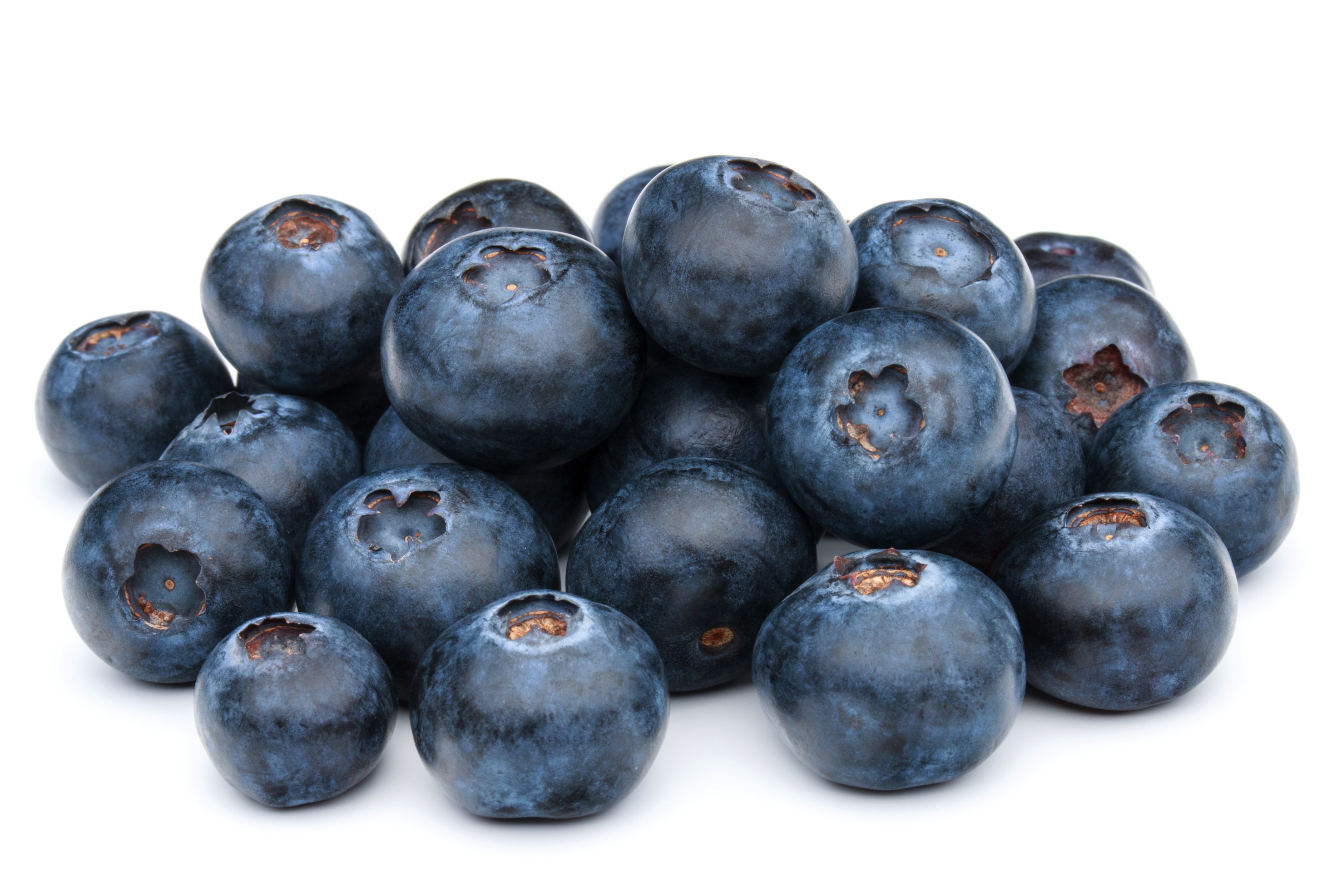South Africa ‘unlocking’ blueberry investment funds
An attractive investment model in South Africa’s burgeoning blueberry industry has led to increased interest from financiers, according to Ryan Davies of United Exports.
Davies, whose company is forecasting a five-fold rise in production this year, said it was now less of a challenge for growers to secure financing that it once was.
“I think there is more and more interest from your non-tradditional agricultural investors in blueberries because the investment model is quite good in terms of returns,” he toldwww.freshfruitportal.com.
“So in terms of access to finance I would say it’s not as difficult as it was in the past. All us growers all have links to Europe, that’s how the big industry started – it drives cultivars and marketing ability – but more and more I think there is an appetite for the blueberry model, compared to other agriculture.
“If the product is good and if the returns are good enough they will explore it, so I definitely see that becoming less of a challenge in the next while. There is an unlocking of funds more so than in the past.”
He added investment was a necessity in the industry due to the high costs of establishment.
United Exports is currently planting ‘aggressively’, and Davies said he was optimistic about the long-term prospects of the varieties being grown in South Africa.
“We would like to grow aggressively, dependent upon access to good land and finance. Those are the two constraints but we’re positive that we will be able to increase our plantings significantly,” he said.
South Africa has a good window in the U.K. and Europe over much of October and November, before the heavy Chilean seafreight volumes arrive, according to Davies.
As for this current season, he said weather-related issues in some northern regions had delayed the start of the campaign, but added the recovery had gone well and this would be the ‘first year of really good production across the country’.
“We’ll probably hit our peak export-wise in the next two weeks, but it has started to pick up. We were pushed back a little bit by the frosts in some of the northern groves, but we are now coming into full production,” he said.
Davies also hopes to boost local retailer programs to try and eat into the local import market, and aims to increase shipments to the Middle and Far East. But he mentioned there was still room for growth in the main markets of the U.K. and Europe.
Low chill genetics aiding industry expansion
Meanwhile, Trevor McKenzie of BerryWorld South Africa said there had been an ‘exponential increase’ in industry plantings over the last two years, along with the arrival of other exporters onto the scene.
“This bodes well for the industry as a whole and gives us the advantages of some economies of scale at home and in the marketplace,” he said.
BerryWorld South Africa is also expecting a significant year-on-year increase in production.
McKenzie explained the arrival of low chill genetics had allowed for the industry to spread to all of the northern provinces.
He expects to see an increase in production in the next few years from the Mpumalanga region, where company Neofresh has recently carried out its first blueberry plantings.
“Production from the Lowveld [in southern Mpumalanga] is earlier than the traditional growing areas in the Cape and this allows us to enter the market earlier and fill a valuable time slot at the end of the Northern Hemisphere crop,” he said.
In terms of markets, McKenzie expects to see a ‘considerable increase’ in the volumes exported to Continental Europe and the Middle and Far East this season.
He added the early part of the season had been ‘positive’, with increased demand across all markets.







